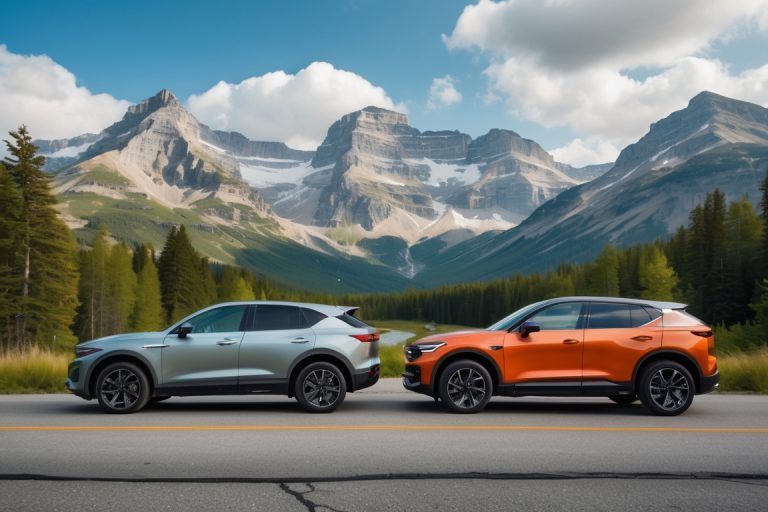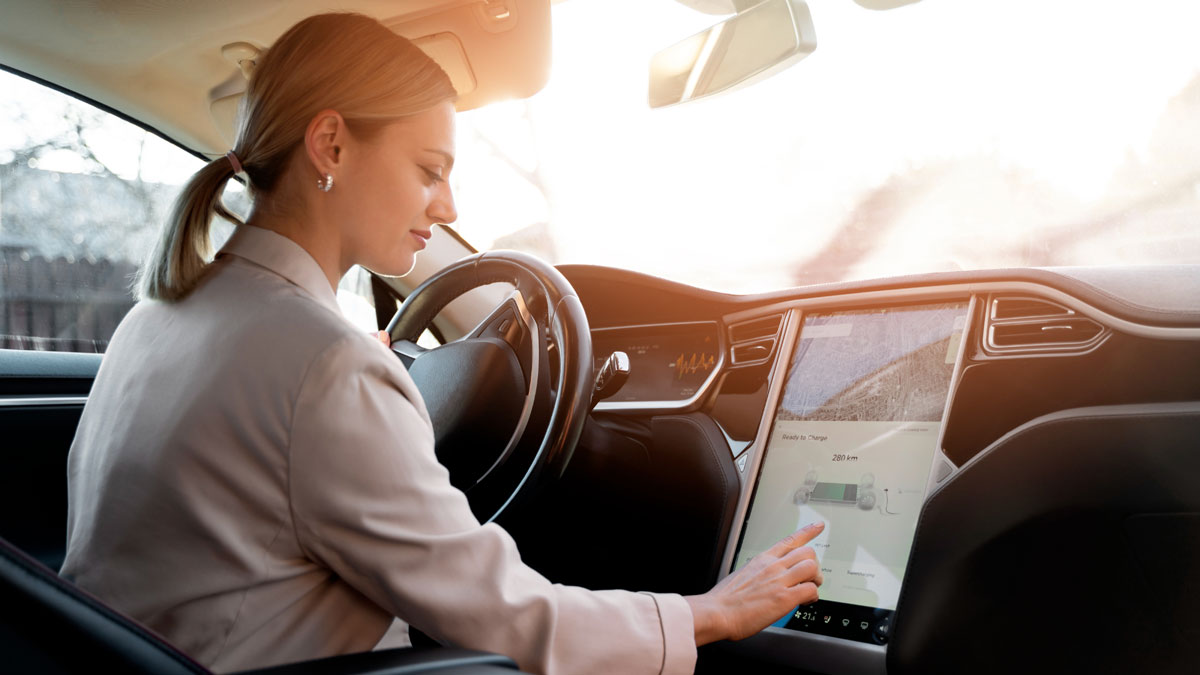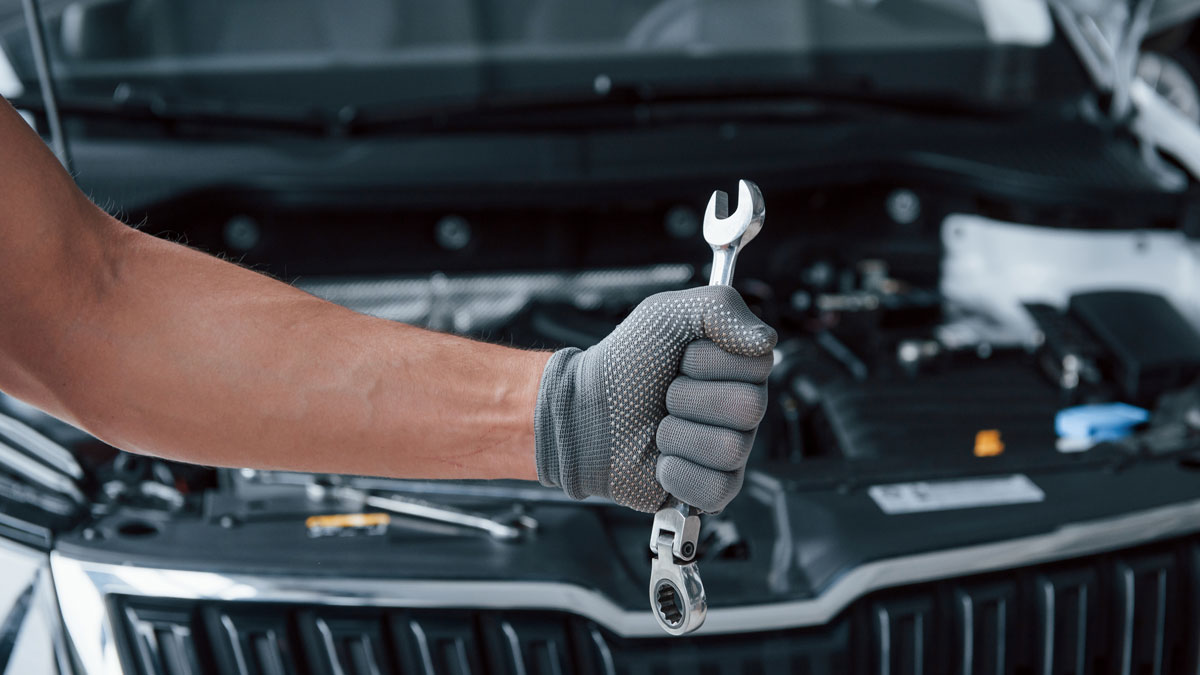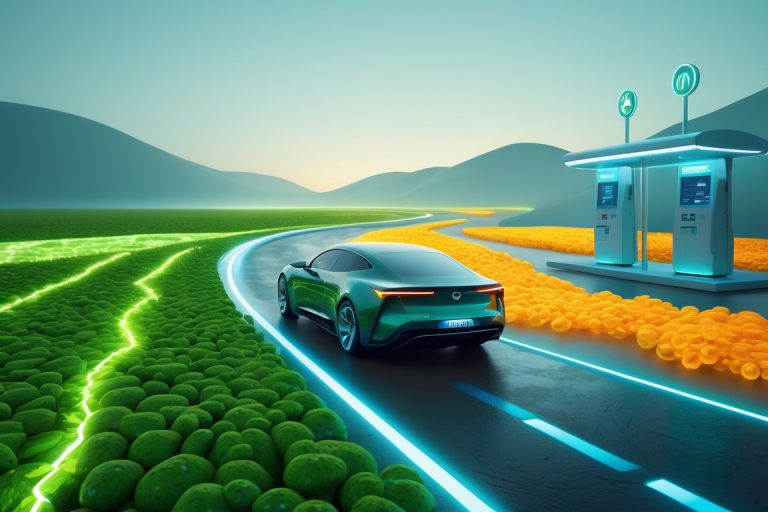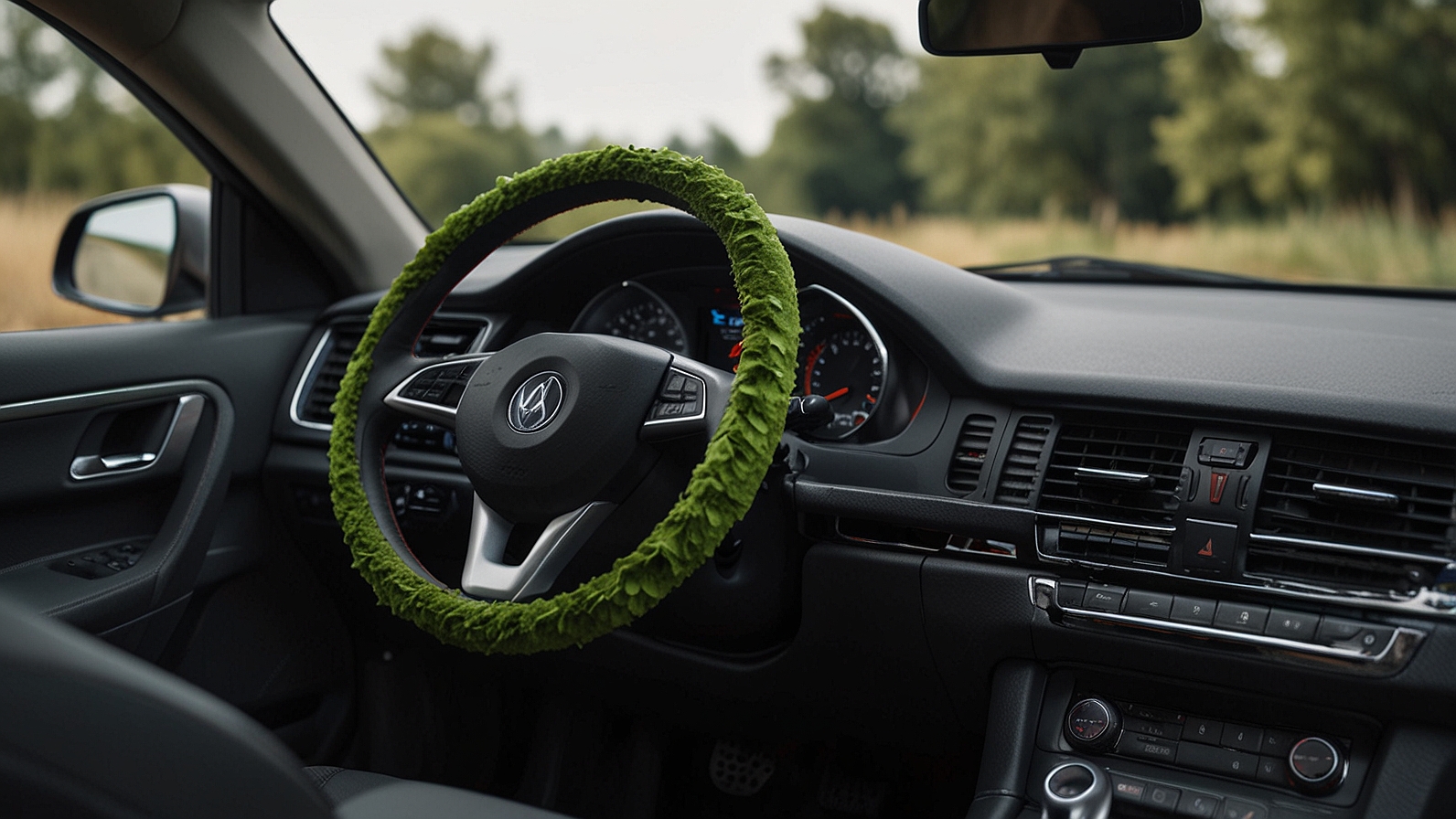When the world shut down in early 2020 due to COVID-19, few could have predicted how deeply the pandemic would reshape daily life—including our relationship with cars. What began as a period of lockdowns, empty highways, and suspended commutes has evolved into a long-lasting shift in how we buy, use, and even emotionally value our vehicles.
Now, years later, we’re living in a transformed car culture. From the rise of online car buying and contactless services to the resurgence of the classic American road trip, the pandemic has left permanent marks on the auto world. In this article, we take a closer look at these shifts and how they’re continuing to shape the way we drive today.
1. The Digital Dealership: Online Car Buying Goes Mainstream
Before the pandemic, buying a car online was a fringe concept, used mostly by early adopters and tech-savvy consumers. Fast forward to 2025, and digital car shopping is no longer the exception—it’s becoming the norm.
As dealerships closed their doors in 2020, they quickly pivoted to online platforms, offering virtual showrooms, remote financing, and home delivery options. Platforms like Carvana, Vroom, and even traditional dealers began embracing digital tools, including 360-degree car views, video walkthroughs, and live video chats with sales reps.
Why It Matters:
Online car buying saves time and puts more control in the hands of the consumer. You can compare models, financing options, and even complete trade-ins without setting foot on a lot.
What You Can Do:
If you’re in the market, take advantage of virtual tours, online reviews, and certified home delivery options. But be sure to ask about return policies and warranty coverage to protect yourself post-purchase.
2. Touchless Everything: From Maintenance to Test Drives
Social distancing created a demand for contact-free services that extend far beyond buying. Automakers and dealers responded with creative solutions: at-home test drives, remote diagnostics, and touchless vehicle service became common.
Need an oil change or tire rotation? Many service centers now offer valet pick-up and drop-off. Need a test drive? Some brands let you schedule one from your driveway. These conveniences have stuck around well after the height of the pandemic.
Why It Matters:
People now expect convenience and flexibility from car ownership. Touchless service not only keeps you safe but also saves time and effort.
What You Can Do:
Check if your dealership or service center offers valet or remote services—many now include them at no extra cost.
3. The Return of the Road Trip: Driving as Escape
One of the more sentimental changes brought by the pandemic was the rediscovery of the road trip. With air travel restricted or deemed unsafe, many people turned to their cars for freedom and escape. Cross-country drives, scenic byways, and weekend getaways surged in popularity as people sought safe ways to travel and explore.
But this wasn’t just a temporary fix. The road trip revival has fueled deeper appreciation for the journey itself. Camper vans, SUVs, and overlanding vehicles soared in popularity, while car camping and “van life” movements grew on social media.
Why It Matters:
The car became more than just transportation—it became a personal retreat, a family adventure hub, and a way to reclaim a sense of control during uncertain times.
What You Can Do:
Whether it’s a weekend getaway or a long-haul road trip, make use of travel planning apps, invest in quality gear, and embrace the open road—safely and responsibly.
4. Rethinking Car Ownership: From Commutes to Connection
When remote work became widespread, many people found themselves driving less—at least for traditional reasons like commuting. But the car still played a vital role. For many, it became a private space for phone calls, solitude, or even a mobile office.
At the same time, others decided to downsize to a single vehicle per household or switch to subscription-based models and car-sharing apps. Flexibility became more important than routine.
Why It Matters:
We no longer view cars only as daily tools—they’ve taken on new emotional and practical roles in our lives.
What You Can Do:
Evaluate your vehicle needs honestly. If your work is remote, maybe you don’t need two cars. On the flip side, if you now travel more by car, upgrading to a more comfortable or fuel-efficient model may make sense.
5. A Permanent Shift
Ultimately, the pandemic didn’t just disrupt car culture—it rewrote it. We’ve entered an era where convenience, flexibility, and personal freedom are valued more than ever. Whether you’re shopping for a new ride, planning a road trip, or just navigating the day-to-day, understanding these changes can help you make better choices—and maybe even enjoy the ride a little more.
So next time you hop in the car, remember: you’re not just going from A to B. You’re part of a new chapter in car culture—one where technology, exploration, and adaptability are driving us forward.
